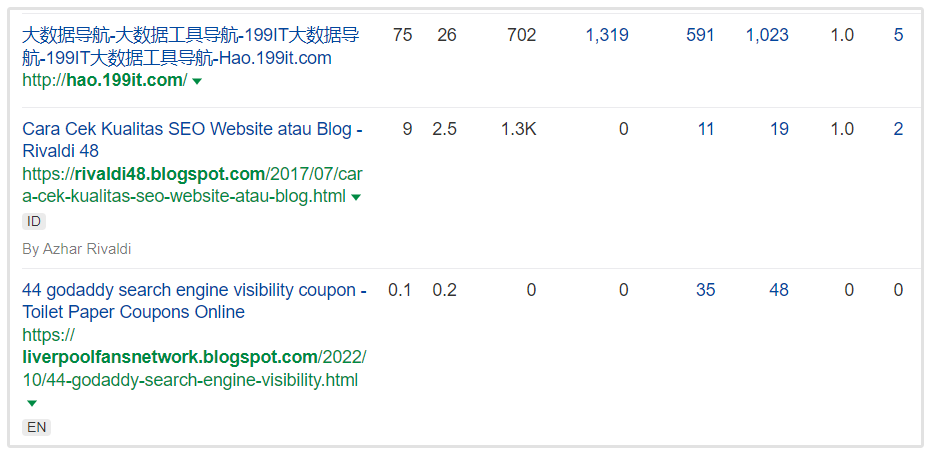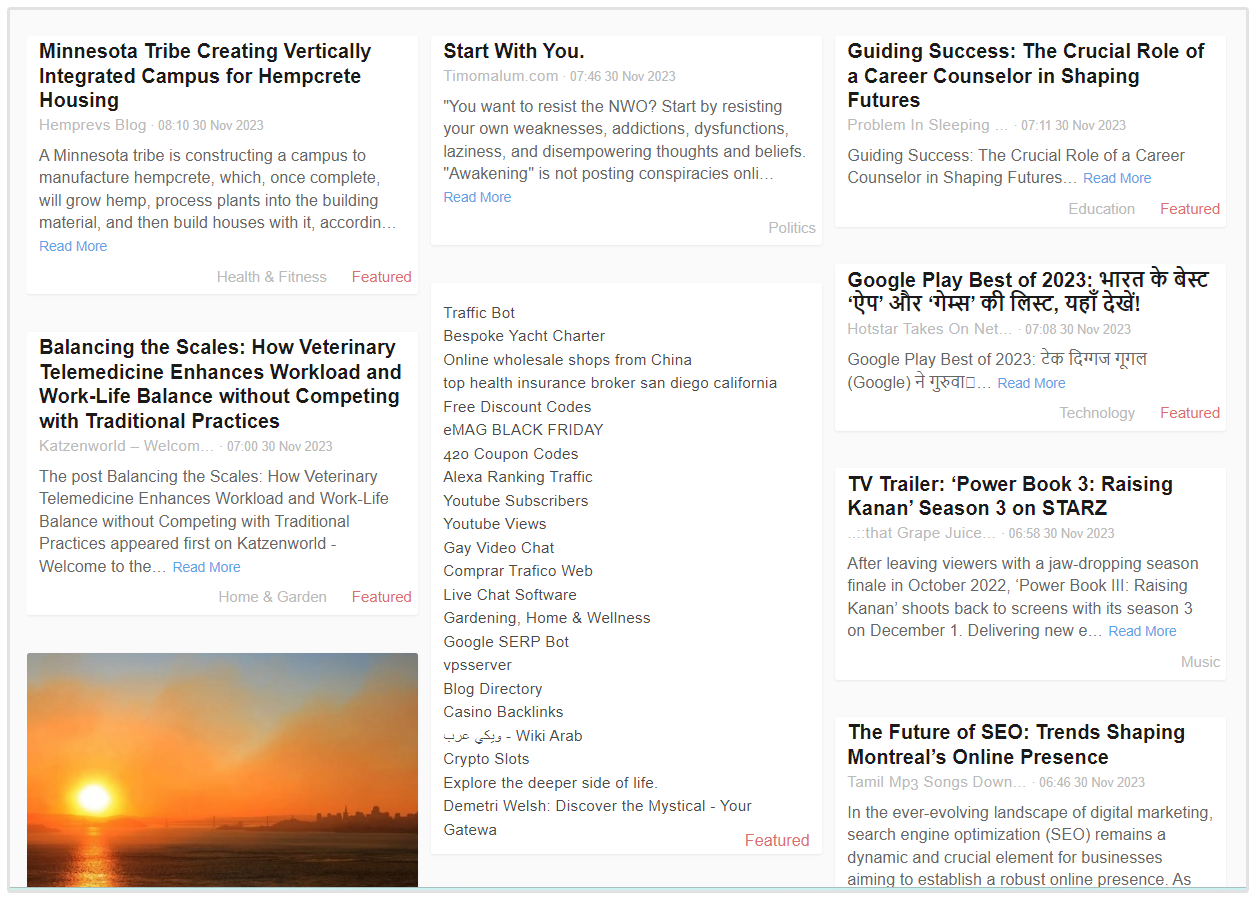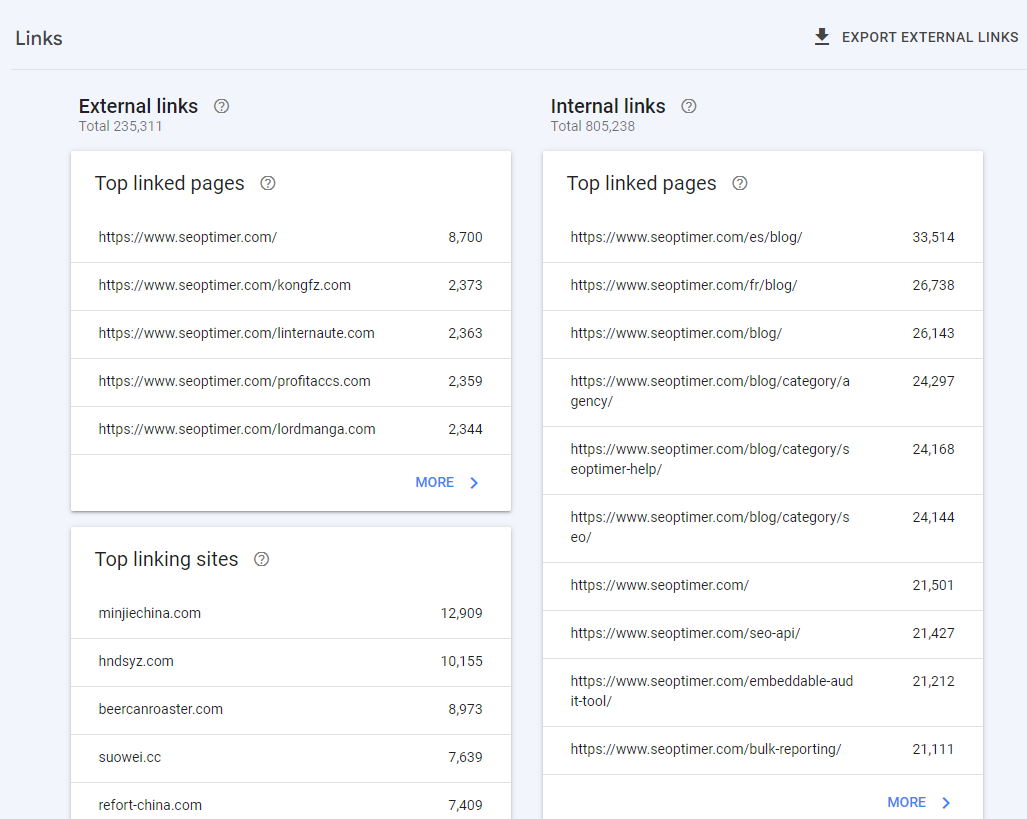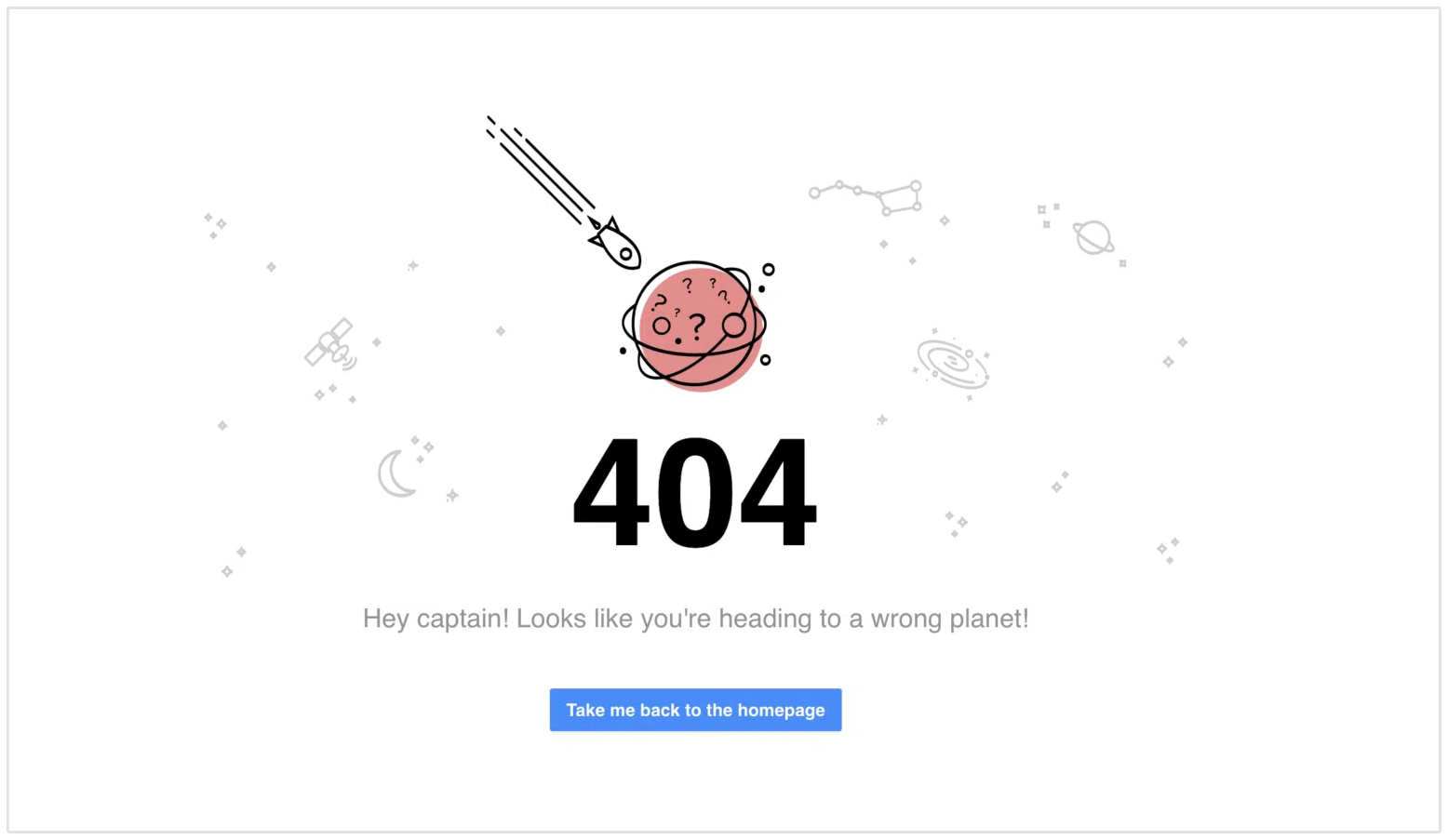
Your SEO and backlink profile need a little TLC.
Those spam backlinks can really build up.
You need to give your site a thorough cleaning once in a while.
If you haven't? Well, spam backlinks are probably clogging up your site, hurting discoverability and SERP rankings.
Thankfully, removing spam backlinks and improving the health of your website is simple.
It just takes a little know-how and good old-fashioned elbow grease.
What are Spam Backlinks?

Spam backlinks, also known as bad backlinks, toxic backlinks or unnatural backlinks, are links from low-quality or spam websites.
Spam backlinks are, well, spammy because they lower your website's ranking. Such bad backlinks tell Google that your site probably doesn’t have the quality or content to get links on its own.
Spam backlinks can also lead to a Google Penguin penalty, which can affect your website's traffic big time.
In terms of specific SEO metrics, spam backlinks will likely have one or more of the following characteristics:
- Low Domain Authority
- Low Trust Flow
- Low Citation Flow
- Low MozRank
- High Spam Score
- 100+ outbound links (on one single page)
- Domain not indexed by Google
For now, you might still be wondering how you got into this situation in the first place. Why all the spam?
Where Do Spam Backlinks Come From?
There are a variety of reasons why your website may have spam backlinks.
Some SEO services will purchase spammy backlinks to give their clients a sudden boost in ranking. They might do this out of laziness—or they simply aren't up-to-date on current industry practices and webmaster guidelines.
So, if you've hired an SEO recently, they may actually be behind the spam.
The links might also come from webmasters who don't realize they're hurting you by linking to your site from theirs. They're just thinking about improving their own site quality (but they've hurt you in the process).
Alternatively, some competitors engage in negative SEO campaigns, which often include a barrage of spam backlinks that damage their competitor SERP rankings.
No matter how you end up with spam links, the main differentiator between a good backlink and a spam backlink is the quality of website from which it links.
If you're reviewing your backlinks manually, here are a few common types of spam backlinks to watch out for:
1. Spam links from link directories

Link directories are websites that have no purpose other than to link to other sites.
They have no coherent theme, no other content and no design.
A link directory is also most likely a standalone site with no backlinks leading to it.
2. Spam links from bot comments on blogs and websites
If you've ever managed a WordPress blog, you may have seen comments come through that have generic messages like "Great article!" paired with a long URL.
These are most likely comment spambots, and some can be intelligent enough to mention the article title or the author name.
Don't overlook these, though. Comment spam backlinks are bad for your SEO.
3. Links with over-optimized anchor text
Most backlinks link to websites (through anchor text) using the site's name (e.g., Monitor Backlinks), an article title or perhaps a specific URL.
But if your backlinks repeat the same keyword over and over in the anchor text, such as "the best SEO tool," Google will most likely pick up on the pattern as it looks very suspicious and intentional.
4. Links from sites with duplicate text
Why do you think that blogs and websites work so hard to publish a variety of unique and useful content?
Not only do readers appreciate the value provided by the content, but Google also encourages sites to do so.
The Google ranking algorithm devalues websites that produce low quality, duplicated content.
5. Links from foreign or irrelevant sites
If you think that Google isn't quite smart enough to measure the relevancy of backlinks, you're underestimating their algorithm.
Relevancy is very important when building backlinks.
If your website about beauty products is in English, and thousands of your backlinks are from Russian-language sites selling car parts, Google will recognize this and penalize you.
How to Clean Your Site from Spam Backlinks
Now that you know what spam backlinks look like, let's target and remove them. There are a few ways you can clean up your bad backlinks.
1. Sniff out the spam.

If you suffer from negative SEO or bad backlinks, cleaning up is quite the hassle—and it all starts with finding the spam.
Google Search Console has a section dedicated to backlinks, look through these and see if you can find any spammy backlinks.
2. Contact the webmaster of the website.
Use a tool like Whois to identify the owner of the domain (or WhoIsHostingThis to find the website host), and reach out to them.
Ask politely.
Most of the time, though, webmasters may ask for payment or refuse to take down the link.
Don't be surprised if this happens to you, but don't skip this step! It's by far the most straightforward method of removing spam backlinks, even if its success rate is low.
3. Downgrade the pages with bad backlinks (404/410).

Image credit: www.uxpin.com
Too many 404 ERROR pages can also send a negative message to Google, but if you can't get the link removed, revert the page to a 404/410. This will at least lessen the blow from the spam backlink.
4. Trash that URL and start over.
If you're facing an abundance of spam backlinks that are taking over your website ranking, it may be time to abandon ship and start clean.
The pages that have been inundated with bad backlinks might need the redirect treatment—or you might just want to change the URL or create a new page entirely.
Obviously, this should be your very, very last resort, though, as communicating a new URL to your followers and customers can be a hassle, and this will wipe out any good backlinks too.
5. The most effective strategy: Disavow!
Google's Disavow Links tool is a godsend for webmasters everywhere. This tool basically tells Google that you don't recognize a link and don't want to be held responsible for it.
According to Google:
Once you've found your spam links, make a list that you can submit to Google's Disavow Links tool.If you’ve done as much work as you can to remove spammy or low-quality links from the web, and are unable to make further progress in getting the links taken down, you can disavow the remaining links. In other words, you can ask Google not to take certain links into account when assessing your site.
Just like the temporary boost in traffic you might've received from bad backlinks, there will be a temporary drop as these backlinks are removed.
But don't worry!
It'll all work out in the end.
Conclusion
There's a reason why they say "cleanliness is next to godliness."
Having a squeaky clean website is divine!
And before you know it, you'll be beamed up to SERP heaven.










